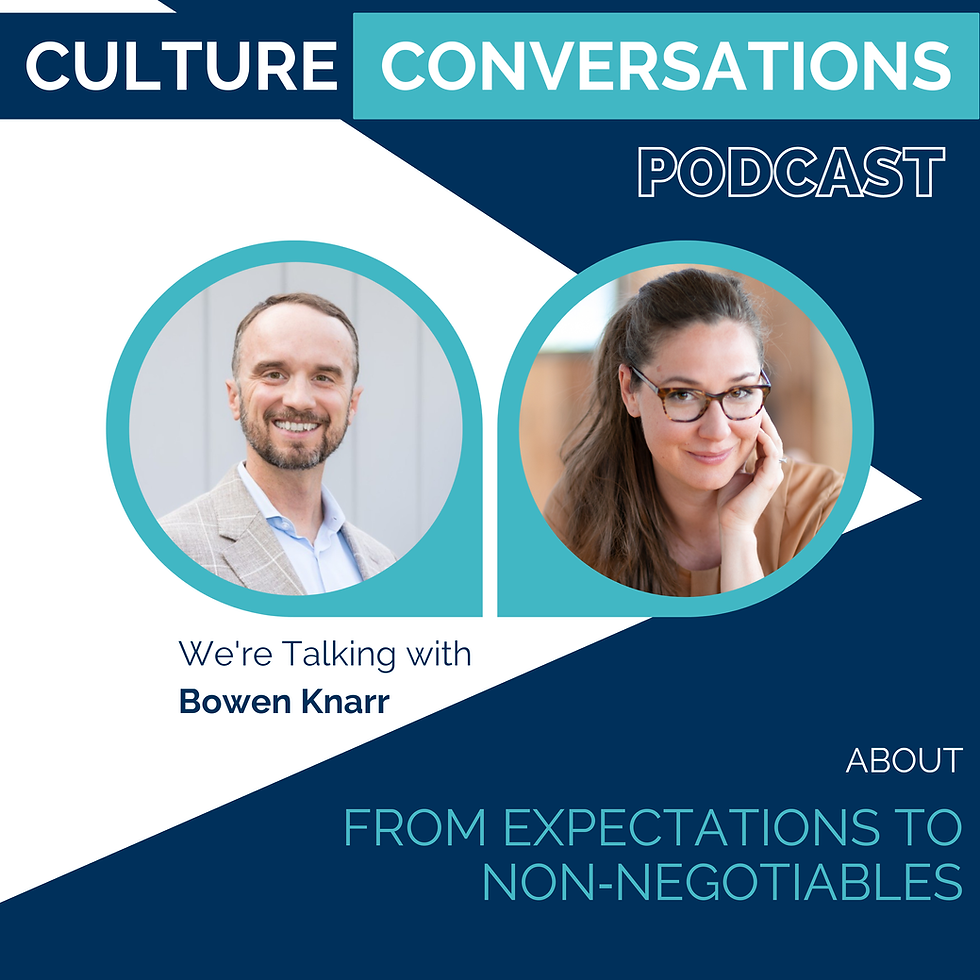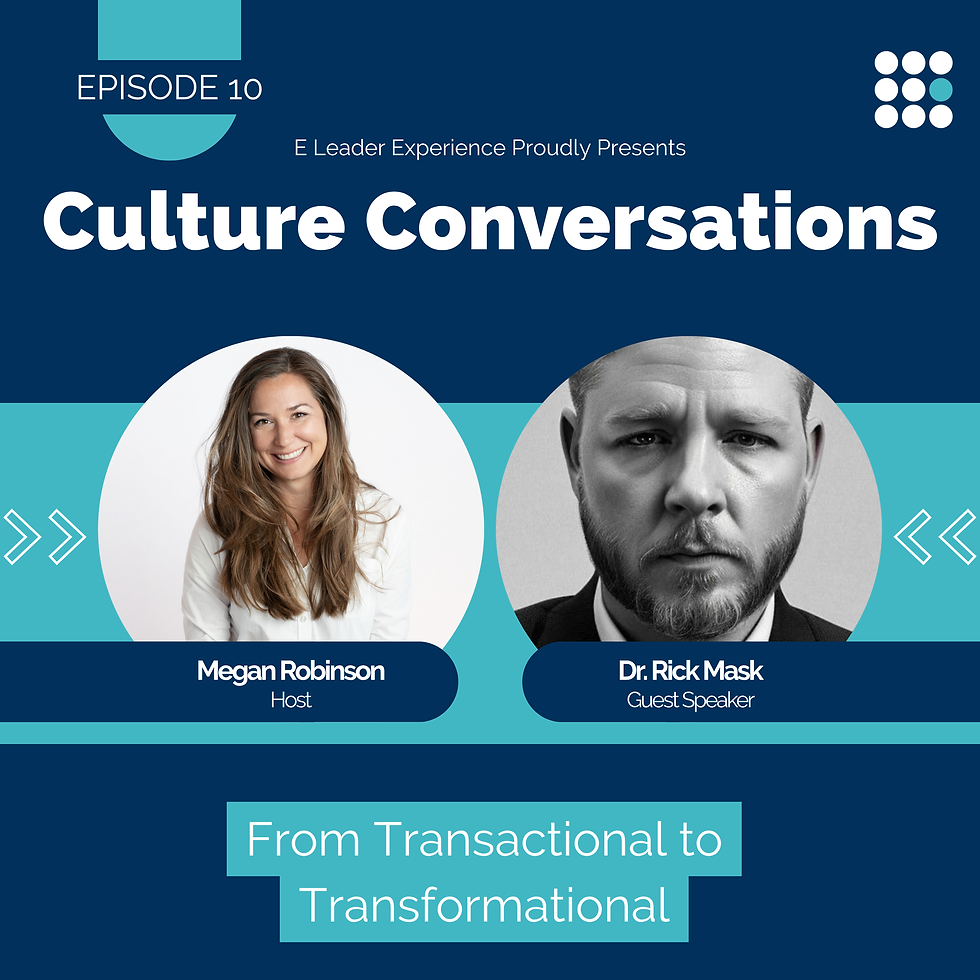Client Leadership: Failing your Way to Success
- Megan Robinson

- Jan 30, 2023
- 3 min read
Do you know what separates the good from the great project managers, account managers, or client relationship managers? It's their ability to manage the clients. This one skill determines if the manager completes their work on time, meets budget expectations, and ultimately makes the client happy. But in fact, this has nothing to do with management; instead, it’s client leadership.
Every team member who is client-facing experiences the need for excellent client leadership. It's how they answer client requests. It's how they align expectations. It's how they proactively work with the client instead of reacting to their every whim. This concept is the difference between any service provider business "making it or breaking it."
Client leadership is the difference between cultivating a long-term, valuable and profitable client relationship or ultimately losing clients.
Most roles that need client leadership have the word "manager" in the title — for good reason — managing is essential. It's the boxes checked, the emails written, and the deliverables sent. But some people can do all the right things and still have poor results.

Managing the client process will only get you so far. You cannot deliver your incredible work to the client and call it a day. For the client to feel good about the experience, product, or service, you must have excellent leadership skills to get them to a truly satisfied place.
Fortunately, just like traditional leadership, client leadership is something you can learn. An effective client leader is an excellent liaison navigating communications and providing precise and speedy results. They also must communicate effectively, ask questions, and partner to solve the problem.
Now the question is, how do you learn client leadership?
Most people develop client leadership skills in one of three ways: failure, osmosis, or training.
Failure: You're going to do a lot of things wrong until you figure out how to do them right. Learning and reflecting on mistakes will make you better, but it's a slow and dangerous path with serious costs involved. Few have the patience and stomach for this to be the primary way they develop client leadership skills.
Osmosis: Typically beginning with an official onboarding training period, new managers observe and copy client leadership skills from their mentors, experienced peers, or someone they shadow. However, once that probationary period is over, there is a hidden expectation that they will continue to pick up nuances, language, and learnings through conversations, meetings, or exposure. But that isn't always the case, and the lessons are rarely straightforward.
Training: Few organizations invest in training for "soft skills," but the ones that do tend to have a significant advantage. Company culture, policies, and procedures are all essential elements that deserve formalized learning to build confidence and consistency in how a company treats its clients.

Your zone of genius is what makes you an expert in a specific field. The problem is that you're also working with the client, who is a person with their own opinions, thoughts, and emotions. Navigating this can be tricky without the proper skills and training in client leadership.
As John C. Maxwell says, "Leadership is influence." Unfortunately, your expertise and hard work will go in one ear and out the other unless you can provide the leadership and influence with the client that ensures they value and appreciate that expertise. Without this influence, you won't have impact.
If your team needs mentorship to build these relationships and develop long-lasting client leadership, email Megan at megan@eleaderexperience.com.




Comments